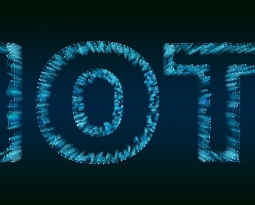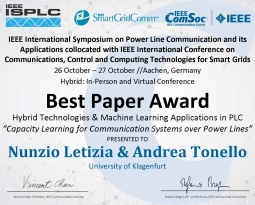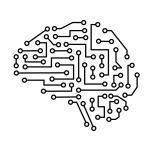The channel capacity !
Any engineer or scientist working on communication technology is fascinated by the challenge of designing technology that allows to reliably send information at the maximum rate possible over a certain communication medium. We cannot go beyond channel capacity and approaching it is still an ambitious goal for many practical communication systems (including 5G). Things get really cool, once the communication medium is unknown, or say, it is not mathematically treatable.
The recent trend of exploiting learning methods, offers a tremendous opportunity to design coding schemes (transmission technology) that learn the channel, construct an optimal code, and derive a practically implementable decoder. Namely, the design of so called autoencoders. Simple to say, indeed. The reality is that we do have deep neural network autoencoder architectures that prove to be fantastic for certain applications, e.g., image/video processing. But, do they do the same for the problem at hand: design a capacity approaching autoencoder ?
The first step, is to define rigorously (mathematically) the problem. The second step is working on the development of appropriate autoencoder architectures. This is what we did in the recent paper “Capacity-driven autoencoders for communications ” [1] where we describe the methodology, we explain the rationale and we mathematically argue on optimality.
If interested take a look at [1] where we provide details of what we did. The results are encouraging, the way is paved !
Related work
[1] A. N. Letizia, A. M. Tonello, “Capacity-driven autoencoders,” IEEE Open Journal of the Communications Society, 2021 (pre-print)







